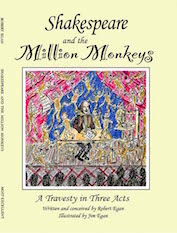 | ||||
 | ||||

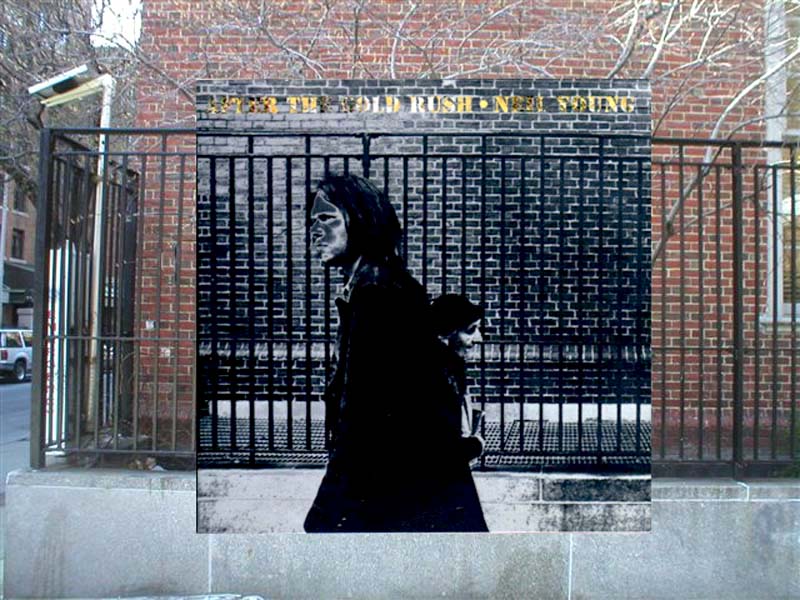
example: Neil Young's 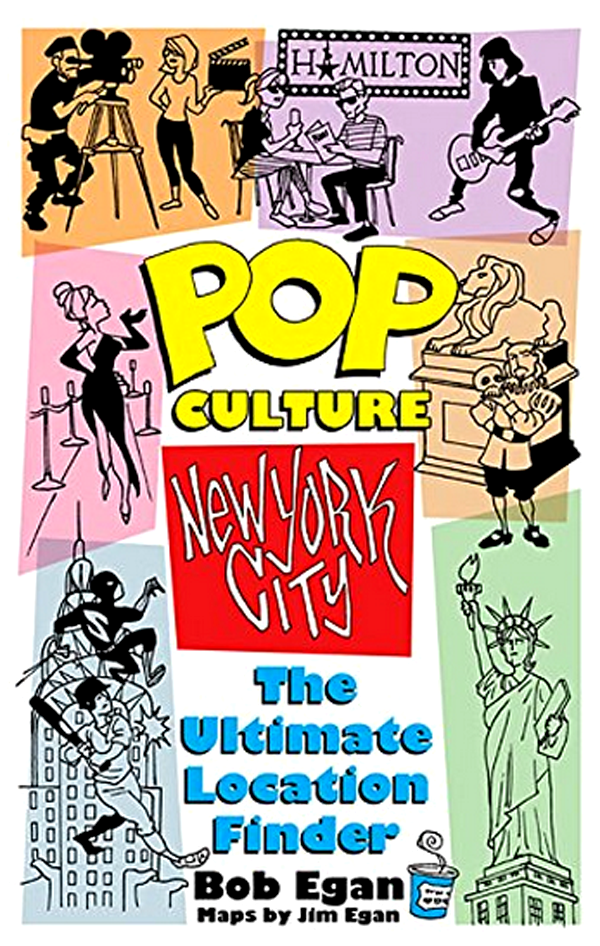
• POP CULTURE - NEW YORK: THE ULTIMATE LOCATION FINDER, based on PopSpots, has maps to over 2,000 Pop Culture locations you can visit in New York CIty. RELEASED IN 2018! Ask for it it at your at your local bookstore, or buy it online from Amazon, Barnes and Noble, Target, Walmart and other online dealers. Read about it here. To be notified of new PopSpots and "PopSpot Singles" entries, follow PopSpotsNYC on Twitter:
Follow PopSpots on Facebook 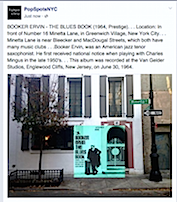
For questions or comments, you can email me, Bob Egan, here. Reference section: 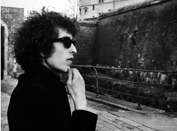
click here to see ongoing Dylan Research and also selected art, film, and history PopSpots-in-progress. PopSpots in the media. 
Looking for a free and extremely simple online method to learn HOW TO PLAY GUITAR? 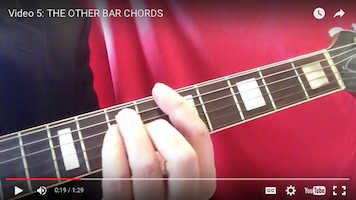
Or, just looking for a list of over 250 easy-to-play 3-chord and 4-chord songs? Click here to get to the website for: Bob Egan's MOST EXCELLENT LIST OF 3-CHORD and 4-CHORD SONGS" For The PopSpots Guide to Bookstores in NYC, click here.
|
The Dom - St. Mark's Place 23 St. Marks Place* between 2nd and 3rd Avenues, NYC. *(originally three buildings - #19, #21, and #23 St. Marks Place) You can click twice on the photos to fully ENLARGE them. Then click the left arrow (back page) to get back. The Dom in 1966 during the run of Andy Warhol's "Plastic Exploding Inevitable" multi-media immersive music and dance project (photo by Fred McDarrah March 31, 1966) THE DOM The Dom was a name given to a large building (formerly three different rowhouses) that played a central role in the counterculture of the 1960's in the East Village of New York City. It consisted of a large dance hall on the second floor and a bar at the sub-ground level. Since the 1920's the building had previously been occupied by a social organization called the Polish National home. Dom means "home" in Polish. A bar in the basement had been called The Dom. In mid-1966 Andy Warhol and Paul Morrisy (his filmmaking partner) rented the upstairs meeting hall and opened a psychedelic multi-media performance venue known as the Exploding Plastic Ineviable with the Velvet Underground as house band. In late 1966 the space was aquired by Dylan's manager Albert Grossman and Charlie Rothchild (a music producer of The Doors) who turned it into a performance space called The Balloon Farm at which bands like Frank Zappa and the Mothers of Invention played. In 1967 the space became a "chic bohemian nightclub" called The Electric Circus where the uptown jet set could mix with the downtown counterculture hipppies and hipsters. . . . In 1970 a bomb went off on the dance floor and within a year the Electric Circus closed. In the 1980's the building became The All Craft Center, an addiction treatment center. It has lsince been fully re-renovated into restaurants and apartments above. The Dom in 1966 during the run of Andy Warhol's "Plastic Exploding Inevitable" multi-media immersive music and dance project (photo by Fred McDarrah March 31, 1966) The scene outside the Dom, at right, on St. Mark's Place. (photo by Fred McDarrah March 31, 1966) The Dom - In the Daytime. The Dom building. Probably mid 1970s'. (Small photo enlarged) Late night crowds outside the Dom when it was the Electric Circus. Another late night crowd shot outside the Dom when it was the Electric Circus The front door of the Dom building when it was the Electric Circus. The Dom with a tent-like entrance. From a book. The dance floor and stage inside the Dom during a Velvet Underground performance at Andy Warhol's multimedia production called The Plastic Exploding Inevitable. (April 1, 1966) (photo by Fred McDarrah April 1, 1966) Another shot of the Velvet Underground playing at Andy Warhol's production entitled The Plastic Exploding Inevitable. (April 1, 1966) American pop artist Andy Warhol (1928-1987) and crew performing the light show at the Plastic Exploding Inevitable in 1966 at the Dom. (March 31, 1966) (photo by Fred McDarrah) Nico singing downstairs at the Dom bar. Andy Warhol and his entourage sitting on the indoor steps of the Dom. They include: Maureen Tucker, drummer of the Velvet Underground (in light colored shirt to Warhol's right); Sterling Morrison (with mustache on Warhol's left) of the VU; and German-born model and singer Nico (1938-1988) (blond hair at bottom right). The Velvet Underground and Nico performing at the Dom on April 7, 1966. From left to right: Nico, Lou Reed, Sterling Morrison, John Cale, Gerald Malanga (dancing), unknown woman. (photo by Larry Morris/New York Times) The Velvet Underground and Nico performing at the Dom on April 7, 1966. (photo by Larry Morris/New York Times) Andy Warhol (right) at the Dom on April 7, 1966. (photo by Larry Morris/New York Times) A couple dancing at the Dom on April 7, 1966. (photo by Larry Morris/New York Times) Nico descending the stairs at the Dom on April 7, 1966. (photo by Larry Morris/New York Times) A couple exits from the Dom in the 60's (photo by Fred McDarrah) Inside the basement bar of the Dom in the 1960's. (photo by Fred McDarrah) A crowd milling about outside the Dom bar in the 1960s. (photo by Fred McDarrah) Vertical interior shot of the bedouin-like tent ceiling of the Electric Circus. As the Electric Circus. A sign for the Electric Circus. (photo by Fred McDarrah) A dancer at the opening night of the Electric Circus. Highlights of the history of the Dom 1) The building started as 3 rowhouses built in 1833 at 19, 21, and 23 St. Marks Place. Each building was 25 feet wide. 2) In 1870, numbers 19 and 21 were bought by a German music club. They added a mansard roof. 3) In 1877, a real estate investor bought #19, #21, and #23 and rebuilt the insides. He built a ballroom inside and leased it out as Arlington Hall. 4) In 1920 the buildings were aquired by the Polish National Home (in Polish, Polski Dom Narodowy, in effect, Polski (Polish) Dom (Home) Narodowy (National) a social organization that turned it into a community meeting hall and restaurant. 5) In the 1950's a performance space was added in part of the basement. It became a dance hall known as the Dom. 6) In 1966 Andy Warhol and Paul Morrisy (his filmmaking partner) rented the upstairs meeting hall and opened a psychedelic multi-media performance venue known as the Exploding Plastic Ineviable with the Velvet Underground as house band. Because there was a sign for the Dom bar on an awning at sidewalk level, and the sign over the upstairs door was in Polish (for Polish National Home) floor people started referring to the whole building - both the ballroom upstairs and the Dom restaurant below - as the Dom. 7) In late 1966 the space was aquired by Dylan's manager Albert Grossman and Charlie Rothchild (a music producer of The Doors) who turned it into a performance space called The Balloon Farm at which bands like Frank Zappa and the Mothers of Invention played. 8) In 1967 the space became a "chic bohemian nightclub" called The Electric Circus where the uptown jet set could mix with the downtown counterculture hipppies and hipsters. The VIllage Voice said that the owners spent $300,000 for flashing strobes, films, music, an astrodome style turf and circus acts for the opening which drew a crowd of 3,000 many who couldn't get it. 8) In 1970 a bomb went off on the dance floor and within a year the Electric Circus closed. 9) In the 1980's the building became The All Craft Center, an addiction treatment center. 10) In 1986 Billy Joel filmed the video for his song "A Matter of Trust" in one of the basement rooms. The video also camptured hundreds of people on the street looking in the windows at him and his band -- and a woman yelling "Turn it down" from her upstairs window nearby. 11) Since that time the building has been completly renovated but there is still a central stairway outside that leads to where the door to the ballroom where the Velvet Underground used to play in the 1960s. The rest of the downstairs floors are mostly restaurants. Nico poster Advertisement for Andy Warhol's "Exploding Plastic Inevitable." Poster from the 1960's. The building in the early 1900's A map of the Dom (Polish National Home) from 1955. You can see how it take up the space of three 25-foot-wide rowhouses, which is what it began as. (from NYC Municipal Archives) 19-23 St. Mark's Place circa 1941. The Dom, circa 1941, colorized. A color version of the Warhol sign spliced together from a film from that era. Billy Joel filmed his video for his song "A Matter of Trust" inside and outside the Dom in 1986. Basement level lokiing out to the street, behind the windows. This might have been where the Dom bar was located in the 1960s. If not, it was the next basement over to the location. The view looking in through those same windows from the street. In the video a crowd gathers outside once they start to hear Billy and the band playing. The crowd from another angle. Another shot from the back of the basement room. The Dom building today. 
|
|||

